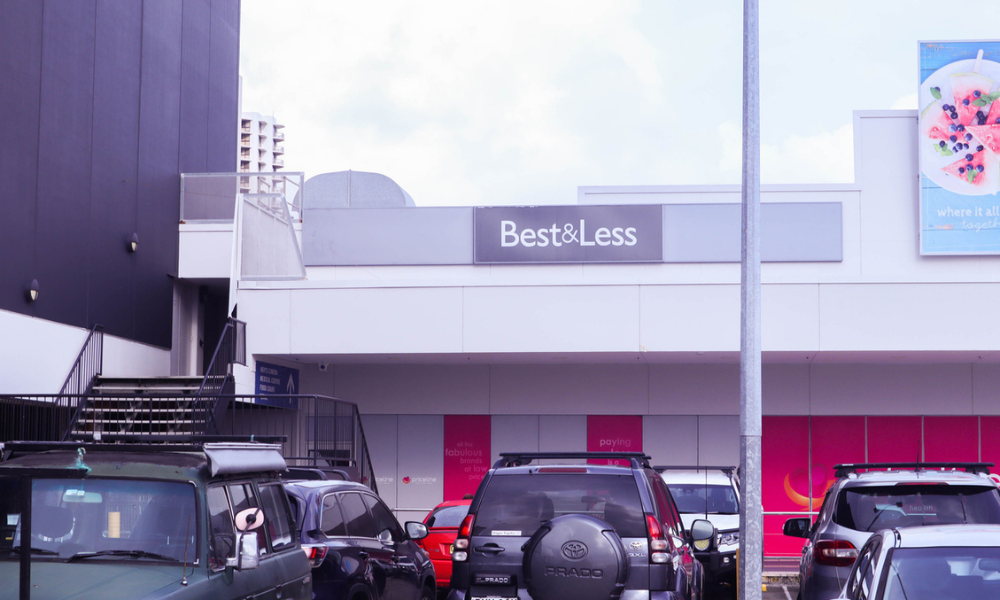A leading academic reveals how employers can help Aussie workers looking for greater meaning in their work
.jpg)
For many employees, a lack of purpose and meaning makes the work day a daily grind in which the only thing keeping them going is the prospect of returning home.
Indeed, a new report by global HR think-tank Reventure has found that 72% of Australians are looking for greater meaning in their work and almost 50% say they will be looking for a new job this year.
Released as part of Reventure’s workplace campaign a future that works, the report Delivering Purpose and Meaning proposes six strategies to deliver change in workplaces around Australia.
“Our 2016 research showed some really negative and unhealthy results for workers throughout the country and across a diverse range of industries,” said Dr Lindsay McMillan, lead researcher of a future that works.
Some of these include: 10%of employees experiencing verbal abuse or bullying at work, 18% experiencing conflict with their boss and a massive 72% after greater purpose in work.
“These results tell us that action is needed to improve workplace culture and respond to workers’ demand for greater purpose and meaning in their jobs,” said Dr McMillan.
“Delivering Purpose and Meaning does just that – the report offers six key steps to help workplaces renew and build a culture of purpose and meaning.
“As technology continues to impact how work is conducted, there is a real risk that employee wellbeing is becoming secondary to work output, which leads to disengagement.
“To tackle this disengagement a future that works is profiling workplaces that have implemented leading best practice initiatives, with this new report detailing initiatives from Suncorp and Volkswagen.”
a future that works’ six steps to build a culture of purpose and meaning are:
Foster employee participation and inclusion
A culture of respect and valuing employees can be generated and sustained by the simple act of inclusion.
Communicate the alignment between individual roles and organisational goals
Leaders need to be able to identify and articulate the way in which an individual employee’s role contributes to the achievement of the common purpose.
Encourage autonomy and active engagement
After there has been a clear identification and articulation of purpose, workers should be afforded a high degree of autonomy to carry out their role and make an active decision to work towards this vision.
Provide resources and information
To increase autonomy, employees should have all the information and resources they require to effectively do their job.
Serve a greater purpose
While an altruistic outcome is not a requirement for developing meaningfulness, this is a recommended addition to help maximise the update of purpose among workers.
Reinforcing engagement
Actively implementing these strategies will result in higher levels of engagement, and may be reinforced through incentivisation that is not only linked to financial outcomes, but measures of application and alignment. This can be achieved through career construction and job crafting.





